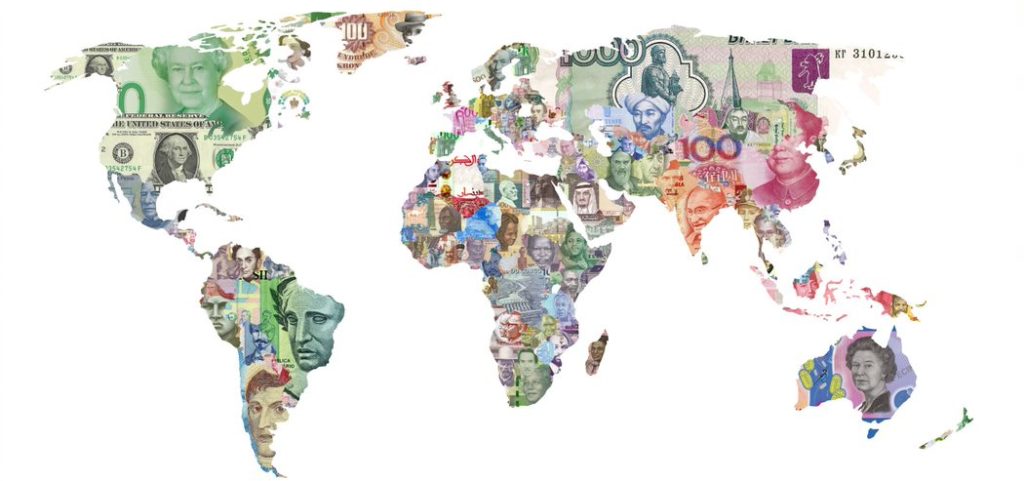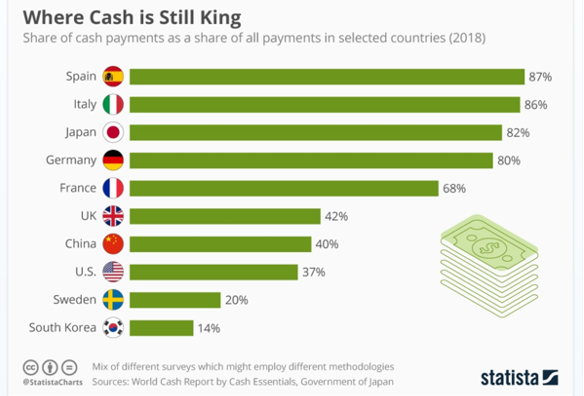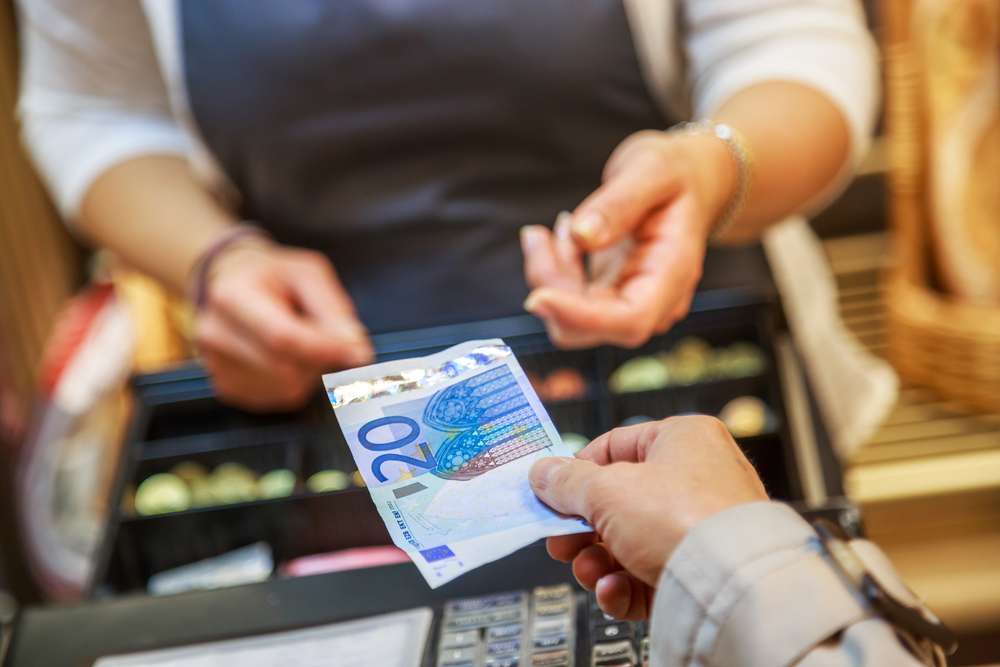Economic columnist Hideki Oki stated on Diamond Online: “The essence of IT services is to ‘make the world more convenient”, but he also states that there seems to be a resistance on cashless payments.
The convenience of cashless payment methods is clear but there are numerous countries where you can see cautiousness around cashless payment methods, and in particular security.

There is a growing skepticism around how our data is collected and used by tech giants like Google and Amazon, and with new laws like GDPR, data breaches have become more publicized. We are also subject to countless methods of hacking and as a result data and payment security is at the forefront of consumers mind when exchanging money for goods. Therefore, we see a higher usage of cash in places like the US and across Europe, who also value the anonymity that cash gives.
Another consideration is accessibility. Some people have difficulty with technology, in particular older demographics. We also see a number of people in the US who don’t have bank accounts therefore they only have the ability to pay for goods with cash. Even with all the payment technology we have in modern society, we still see a significant use of cash to pay for goods.

In the United States cashless is steadily progressing. Recently a few companies had declared themselves cashless. But they had go back to accept cash again either due to pressure from customers or as the result of legislative measures to not exclude vulnerable and minorities.
In regards to smartphone payments for example, 23% of Americans who earn $30,000 or less, don’t own one and therefore cannot participate.
Some cities and states have taken measures to make sure citizens can always use their physical legal tender. For example, the state of New Jersey and the city of Philadelphia, where a legislation has been passed on banning cashless businesses.

The rise in cashless payments is having an adverse effect on the accessibility of cash. ATMs are being removed making it more difficult to obtain cash and not everybody is able or comfortable to use cashless payment methods.
Experts think that the trend towards cashless will accelerate in 2020 and given the current situation in the UK with high street banks closing, there is a worry that people who aren’t on board with digitisation will be left behind.
In the Nikkei Business, Mr. Takuya Hirai who is the former minister of IT, science and technology, gave his thoughts: “We are aiming for 40% cashless payments by 2025, and then 80%, but we need to consider whether the people are seeking such a society.”
There is no doubt that cashless will progress, but we need to make smart choices and consider the needs of the public as we push forwards with technology.

Cashless payments are on the rise in the UK.
The UK is a nation that is fully embracing the convenience of going cashless, and the increase of bank branch closures are making it more difficult for people to access cash. Somewhere between 60-70% of payments are carried out with cashless technologies.
The Access to Cash published in 2019 warned of the trend towards a digital, cashless society, and that people’s access to payment methods including cash should be preserved. The report also shows that 17% of the UK population, more than 8 million adults, are struggling to adapt to a cashless society.

Spain on the other side is still far from reaching a cashless environment. The number of payments by credit card has increased, but cash still resists.
In Spain, about 84% of payments are less than 50€, and a 91% of them are made with cash. Credit Cards for are only used for buying online or for payments bigger than 50€.
In most European countries like Germany, people like to stick to traditional and conservative methods, which is embedded in their culture. Even creating login details to purchase goods online is an obstacle in the customer journey. Data security is engrained in central European culture and there will always be a preference towards anonymity. That’s why cash is still the most used payment method in stores.
According to the German Central Bank a stunning 75% of transactions at tills are still made in cash. Their survey on cash and cashless payments shows that most Germans keep a reserve of cash at home due to skepticism of banks and for personal security.
In other surrounding countries such as the Netherlands, cashless methods are more widely adopted. That being said, Johannes Beermann (Director at the Central Bank) holds the opinion that digital and physical payment methods are 2 sides of the same coin, and it is important to keep a sufficient level of cash flow available in order to maintain accessibility.

In summary we see a global trend towards cashless payments, however there is a lot of variation depending on region and culture. Governments and even banks are adamant that although cash use is dropping, we have to maintain a cash flow within the economy to ensure accessibility. There also needs to be an adequate circulation of cash to ensure that if payment systems are compromised, that people can still make purchases.